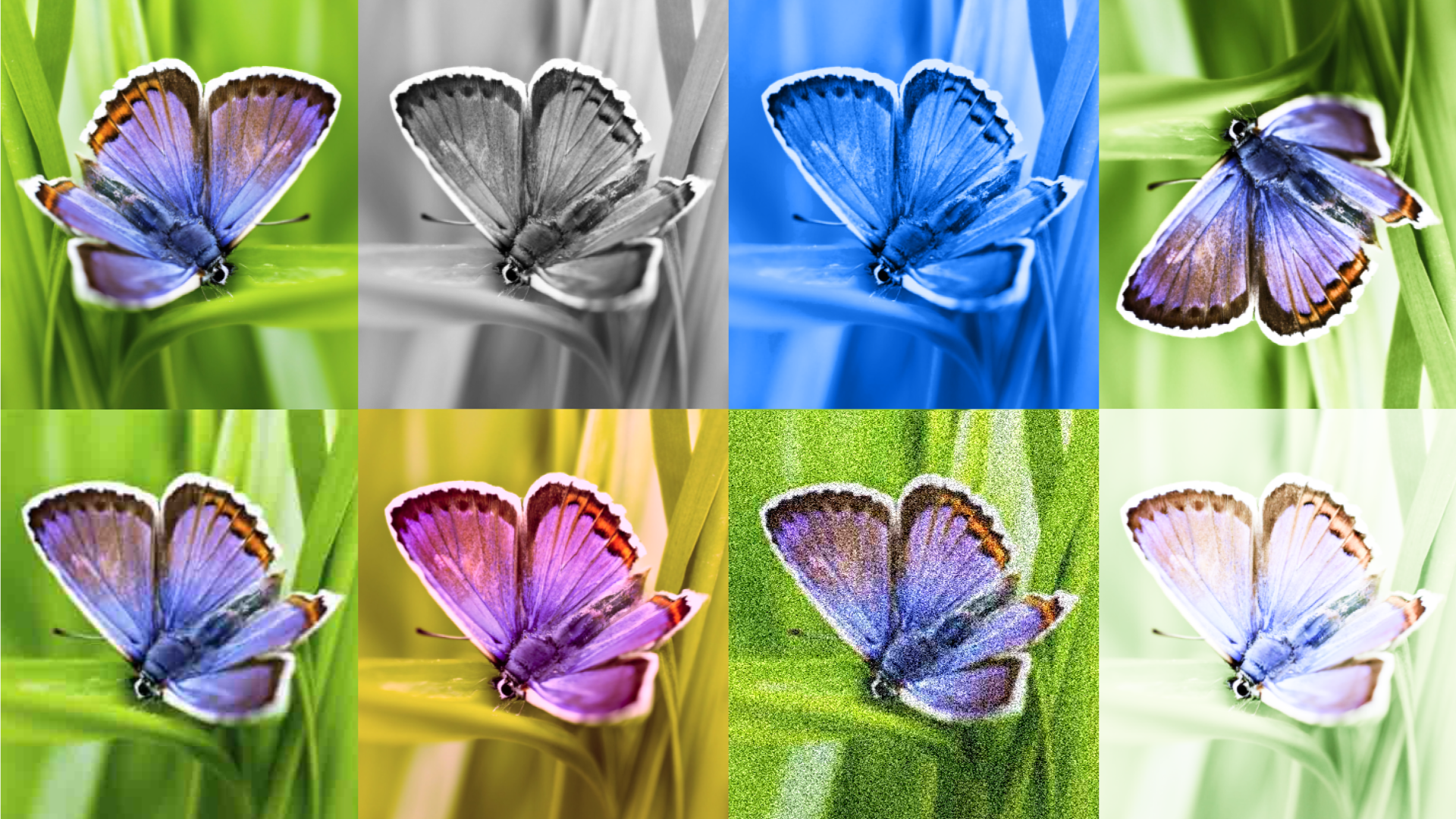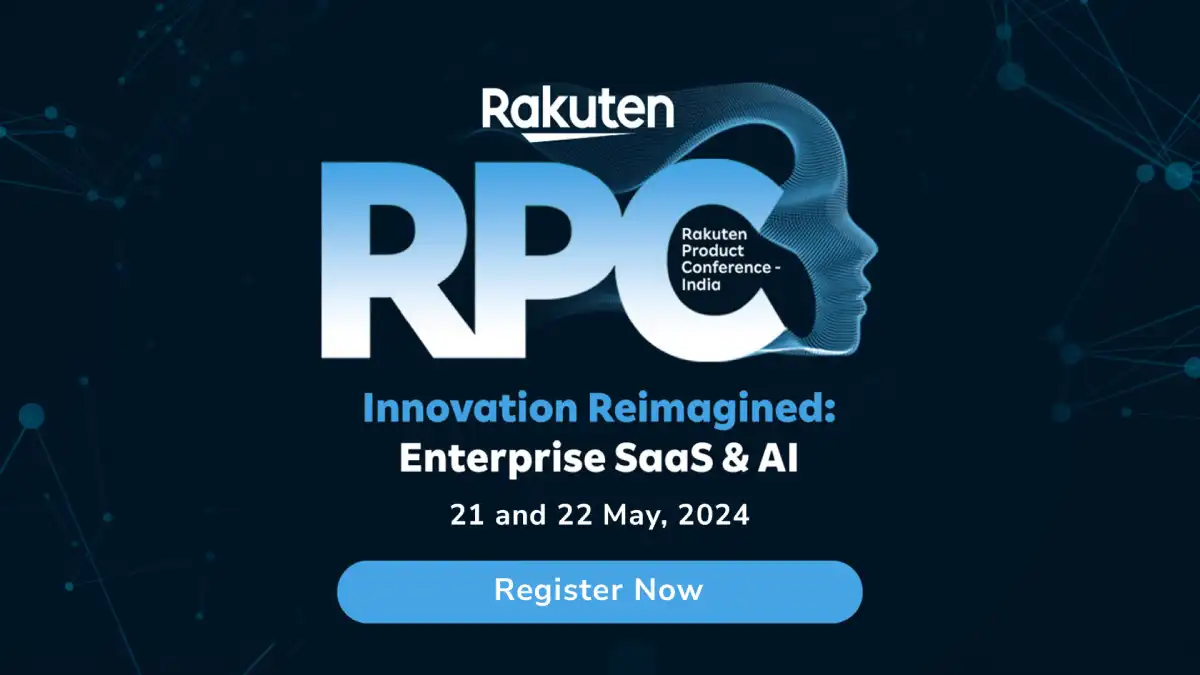|
Listen to this story
|
Moving forward along the lines of its ‘Bold and Responsible’ approach, today Google DeepMind and Google Cloud have launched a beta version of SynthID, a tool for watermarking and identifying AI-generated images. While the company gave a sneak peek of the technology in Google I/O earlier this year in February, the tool finally has a name to it.
The rise of AI generation tools has made it impossible to go anywhere on the internet without encountering fake news, leaks and rumours. The content-generation technology has wreaked havoc in every corner from newsrooms to educational institutions. The struggle to differentiate between AI and human-generated content made it to headlines every second week of 2023. Google saw the uncharted territory and announced at the Google I/O significant steps to identify and contextualise AI content available on its Search.
Irene Solaiman, policy director at Hugging Face, who previously worked as an AI researcher at OpenAI had earlier told AIM, “The community is desperately trying to find ways to differentiate between human- and AI-written text against the tide of potential technological exploitation.”
After a lengthy dialogue, the company’s responsible AI research arm has finally introduced a potential solution with SynthID. Measures like watermarking and implementing metadata will ensure better transparency, allow users to differentiate between AI-generated and authentic images, and protect copyright.
The tool will initially be available only to the users of Google’s AI image generator Imagen, which is hosted on Google Cloud’s ML platform Vertex. After generating images on Imagen, users will have the option to choose whether to add a watermark or not. Google DeepMind’s VP of Research, Pushmeet Kohli, labelled their watermarking tool “experimental,” sharing plans to assess its strengths and setbacks before wider adoption, according to MIT Technology Review. Kohli refrained from discussing potential expansion to non-Imagen visuals or integration into Google’s AI image generation systems.





















































































